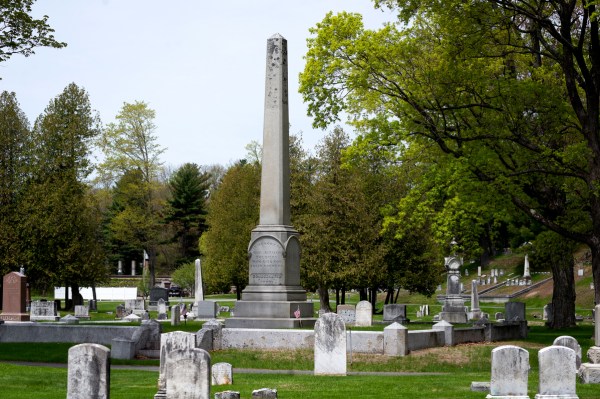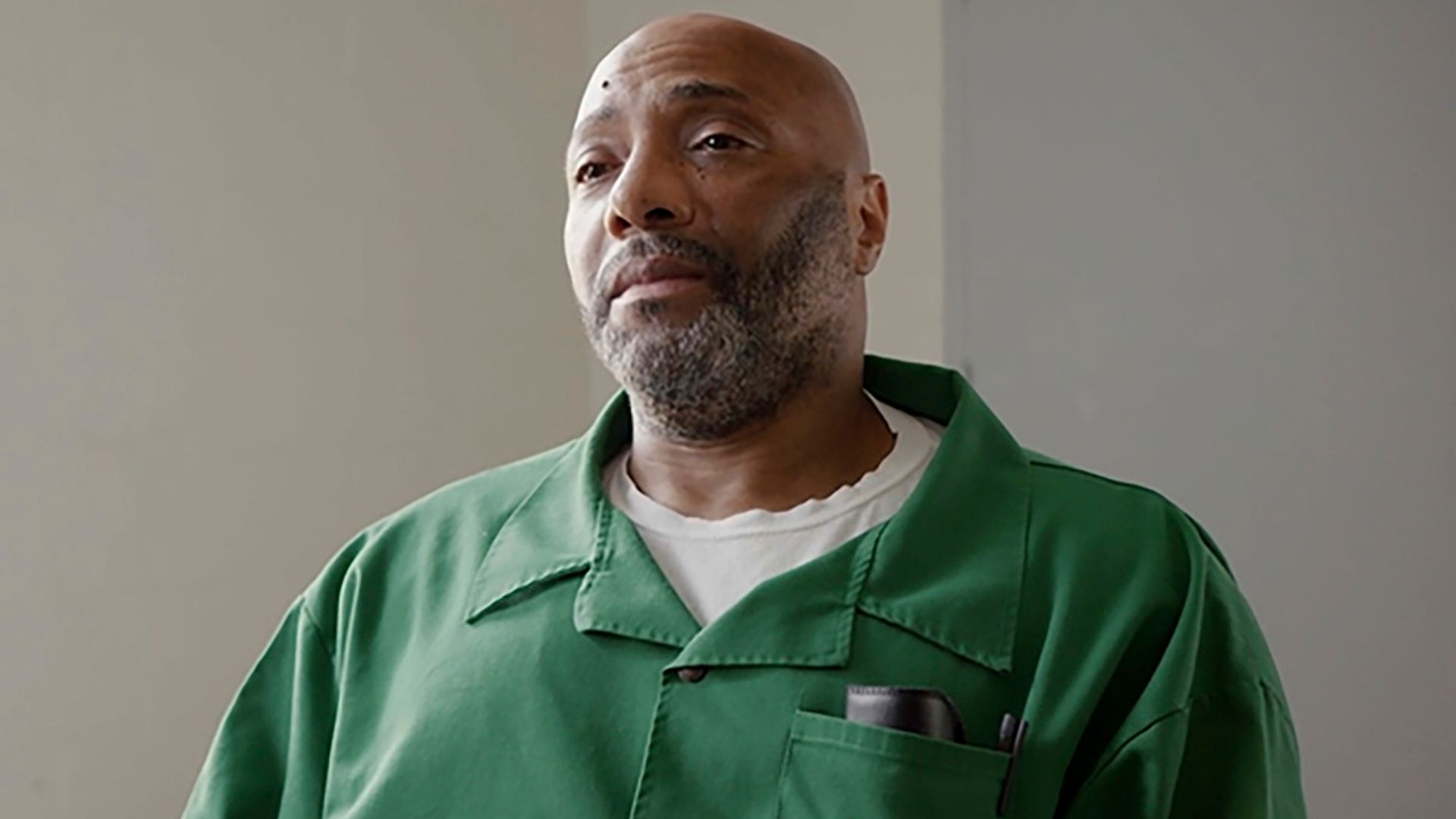
Hard Telling Not Knowing each week tries to answer your burning questions about why things are the way they are in Maine — specifically about Maine culture and history, both long ago and recent, large and small, important and silly. Send your questions to [email protected].
Cemeteries aren’t generally the first thing that comes to mind when thinking of places to take visitors from out of town. But in Bangor, Mount Hope Cemetery is at the top of the list for must-see attractions, right alongside the Standpipe, Stephen King’s house and the Paul Bunyan statue.
While hundreds of people will visit the 264-acre cemetery over the next week to lay remembrances at the graves of loved ones who died in military service in honor of Memorial Day, Mount Hope is much more than only a resting place for the dead. It’s also a much beloved place for walking, running and biking, full of monuments both big and small that pay tribute to important periods in Bangor and U.S. history.
Mount Hope was designed and built between 1834 and 1835, around the same time that frontier boom town Bangor was incorporated as a city. It was modeled after Mount Auburn Cemetery in Boston, the first-ever “garden cemetery” in the United States that was built just a few years prior, in 1831.

Mount Auburn, in turn, was inspired by Pere Lachaise Cemetery in Paris, built in 1804 and considered the first garden cemetery in the world; designed to be both a location to bury the dead as well as a beautiful place for the public to enjoy.
Prior to that era, people were buried in churchyards or in underground catacombs or ossuaries. As populations increased across Europe and the Americas and people understood more about sanitation and health, it was no longer safe to bury people — especially those that had died from communicable diseases — in cramped urban environments.
Thus, by the middle of the 19th century, the garden, or rural, cemetery quickly became the norm. Bangor was the second city in the United States to adopt such a cemetery, to be followed in subsequent years by places like Green-Wood and Forest Hills cemeteries, both in New York City, and in Maine, Evergreen Cemetery in Portland, founded in 1855.
Mount Hope’s founding coincided with the rise of the public park movement in the United States, which in the mid-1800s was epitomized by Central Park in Manhattan. Cemeteries, like parks, were seen as needed respites from hectic, dirty urban areas, full of beautiful landscaping, natural wildlife and plants and tasteful stone monuments, fountains and other landmarks.
Mount Hope was designed by Charles Bryant, who at the time was Bangor’s only working architect and the first one licensed in Maine. At first, the cemetery encompassed 50 hilltop acres, which Bryant designed in a romantic style, shaded by trees and embellished with stonework. More land was purchased over the decades, used for burials and new landscaping, with the final expansions occurring in the 1990s.
As the country found itself embroiled in wars and other conflicts, Mount Hope began to incorporate war memorials to honor those who had died in battle.

The first was the Soldiers Memorial, a 20-foot granite obelisk erected in 1864 to honor the Union soldiers who died in the Civil War. It went up a full year before the Civil War ended, making it one of the earliest — if not the earliest — Civil War monument in the country. It was surrounded by burial plots for soldiers killed in action.
Such was the scale of those who served during the Civil War that another lot and monument was consecrated in 1907 for those veterans. The Grand Army of the Republic lot features a recreation of a Civil War-era fort, flanked by naval cannons. Many hundreds more veterans are buried there. A third and final Civil War monument was erected in 1962, to honor the Second Maine Regiment of Volunteers, which lost 800 men over the course of 10 battles.
While other wars including World War I, World War II and Vietnam have monuments in other locations around Bangor, in 1995 a monument to honor Mainers who died in the Korean War was raised at Mount Hope, featuring an eye-catching row of flags and a polished granite marker.


At left: Trees growing near the State Street entrance to Mount Hope Cemetery splash their autumn hues across the cemetery’s historic landscape in mid-October. Credit: Brian Swartz / BDN; at right: Some of the monuments in Mount Hope Cemetery in Bangor are elaborate and contain a lot of symbolism. Credit: Aislinn Sarnacki / BDN
Amid the war dead, there are also many notable figures from Bangor history buried at Mount Hope, both heroic and infamous. Perhaps its most famous resident is Hannibal Hamlin, former vice president under Abraham Lincoln and 26th governor of Maine. Other well-known people include impressionist painter Waldo Peirce, lumber barons including Samuel Veazie and Rufus Dwinel, and Al Brady, the gangster who was gunned down by the FBI on Central Street in 1937.
Today, you’re as likely to see people going for a jog at Mount Hope as you are mourners attending burial services. The Bangor Historical Society offers popular Mount Hope history tours throughout the warmer months. People have become engaged and even married there.

A scene from the original 1989 film of “Pet Sematary” was filmed at Mount Hope, featuring Stephen King playing the minister leading a commitment service. Ironically, in 2021, the cemetery set aside a small plot of land for people who wish to be buried alongside their pets.
Nearly two centuries after it was founded, Mount Hope has continued to serve its dual purpose as a place for both the living and the dead — to honor the memory of those who have left us, while celebrating the beauty of the natural world all around us.









